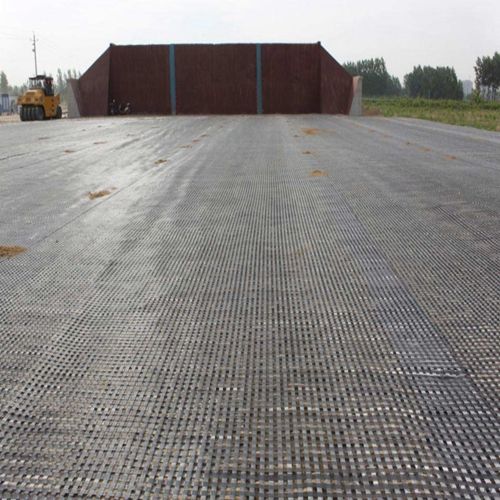- Understanding the Role of Geomembrane Liners in Waste Management
- Innovations in Geomembrane Liners for Water Management
- Geomembrane Liners: A Comprehensive Guide
- The Future of Geomembrane Liners in Civil Engineering
- Geomembrane Liners: Enhancing Landfill Stability
Manager:Alvin Wang
WhatsApp:+62 8983806051
Tel:+86 10-5797-1075
Email:steelwang@okorder.com
Address:3rd Floor, No.2 Building, No.1 Sanlihe Road
Eco-Friendly Alternatives: HDPE Geomembranes in Landscape Design
Embracing Nature: The Role of hdpe Geomembranes in Sustainable Landscapes

As we venture deeper into the 21st century, the importance of sustainable practices has become increasingly evident. One area where this is particularly relevant is in landscape design, where the use of eco-friendly alternatives is not just a trend, but a necessity. Among these alternatives, High-Density Polyethylene (HDPE) geomembranes have emerged as a popular choice for their durability, flexibility, and environmental benefits.
The Sustainable Choice: HDPE Geomembranes
HDPE geomembranes are synthetic materials that have been specifically engineered for various applications in landscape design. Unlike traditional materials, HDPE is known for its low environmental impact, making it an attractive option for those seeking to create greener spaces. These geomembranes are resistant to chemicals, UV radiation, and temperature extremes, ensuring a long-lasting solution that requires minimal maintenance.
Aesthetic Appeal with Environmental Consciousness
While functionality is crucial, it's not the only consideration in landscape design. HDPE geomembranes offer a wide range of colors and textures, allowing designers to create visually stunning landscapes that also contribute to environmental sustainability. The versatility of HDPE makes it suitable for a variety of projects, from water features to green roofs, and from waste containment to erosion control.
Durability and Longevity: A Win-Win for Nature and Design
One of the key advantages of HDPE geomembranes is their durability. They are designed to last for decades without losing their structural integrity, reducing the need for frequent replacements and minimizing waste. This longevity not only saves resources but also aligns with the principles of a circular economy, where materials are used and reused to their fullest potential.
Installation and Maintenance: A Breeze for Designers and Nature Lovers
The installation process of HDPE geomembranes is relatively straightforward, requiring less labor and time compared to traditional methods. This not only benefits the project timeline but also reduces the environmental footprint associated with construction. Maintenance is also a breeze, as these geomembranes are resistant to microbial growth and do not support root penetration, making them ideal for projects where preserving the integrity of the landscape is paramount.
Case Studies: Success Stories in Eco-Friendly Design
To better understand the impact of HDPE geomembranes in landscape design, let's look at some case studies. For instance, in a water feature project in Amsterdam, HDPE was used to create a beautiful and sustainable aquatic environment. The geomembrane protected the underlying soil from water damage while providing a visually appealing surface. In another project in Tokyo, HDPE was employed to create a green roof system that not only reduced the urban heat island effect but also supported a thriving ecosystem of plants and insects.
The Future of Landscape Design with HDPE Geomembranes
As the world moves towards more sustainable practices, the role of HDPE geomembranes in landscape design is set to grow. With their proven track record of durability, low environmental impact, and aesthetic versatility, these geomembranes are poised to become a staple in the landscape architect's toolkit.
Conclusion: A Greener Tomorrow with HDPE
In conclusion, HDPE geomembranes represent a significant step forward in the quest for eco-friendly alternatives in landscape design. They offer a harmonious blend of functionality, aesthetics, and environmental responsibility. As we continue to innovate and explore new materials, the incorporation of HDPE geomembranes in our landscapes is a testament to our commitment to a greener, more sustainable future.
- Previous:HDPE Geomembranes: A Barrier Against Chemical Contamination
- Next:The Impact of HDPE Geomembranes on Groundwater Protection






